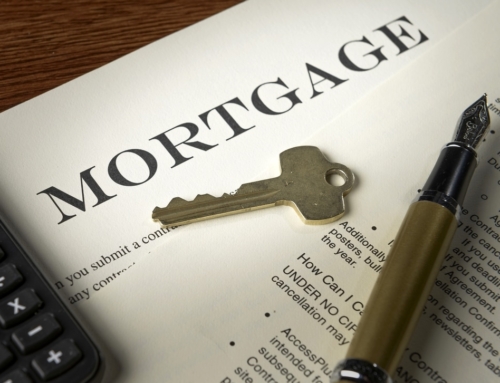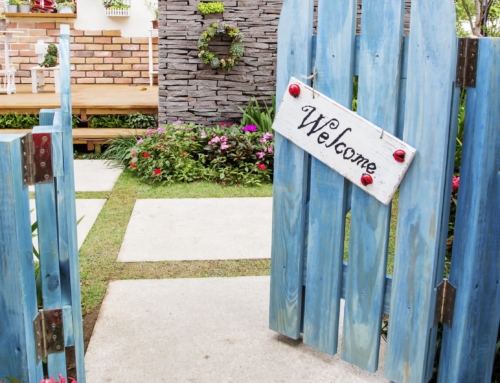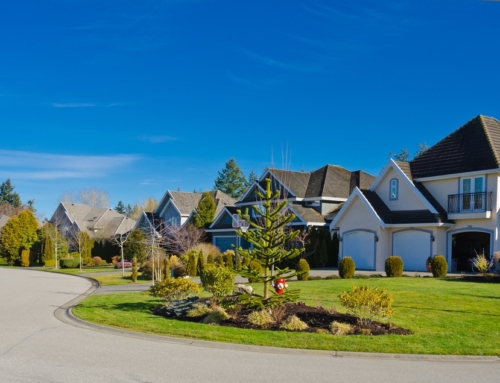Q: I am applying for a home mortgage. The lender suggested I get a 7/23 balloon mortgage. The interest rate is 6.25 percent. She explained the rate would be fixed for 7 years and then at the end of the 7 years I have an option to refinance the for a fee of $250.
She explained that there is a balloon payment at the end of 7 years. What exactly does this mean? How much is the balloon payment?
A: Typically, a 7/23 or a 5/25 is a two-step mortgage. The initial payment is fixed for the first seven or five years and the loan typically adjusts into a 1-year adjustable rate mortgage for the remaining years. The loan is amortized on a 30-year schedule.
There are also 7-year balloon loans. They are amortized on a 30-year schedule and the payment is fixed for the first 7 years. Then, you’d owe the remaining balance on your mortgage at the end of the 7th year. At that time, you’d either pay off the loan or refinance the remaining balance.
Your lender has apparently offered you a 7-year balloon loan as opposed to a 7/23, since you would have to pay off the loan or refinance it at the end of the loan term. But in general she’s giving you good advice.
Why should you do a 5-year or 7-year balloon loan? Because the interest rate is lower than for a 30-year loan right now, and because the average American refinances or pays off his or her loan every 7 years. If that’s the case, there’s no sense paying for a 30-year mortgage.
October 28, 2004






Leave A Comment